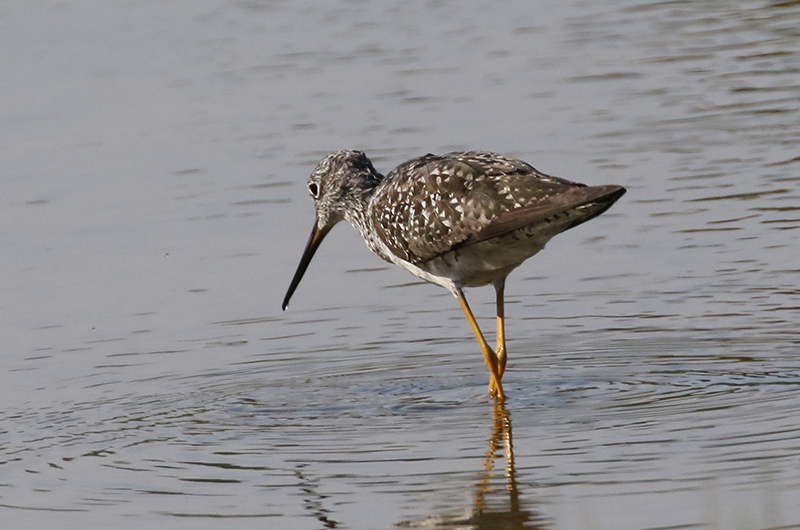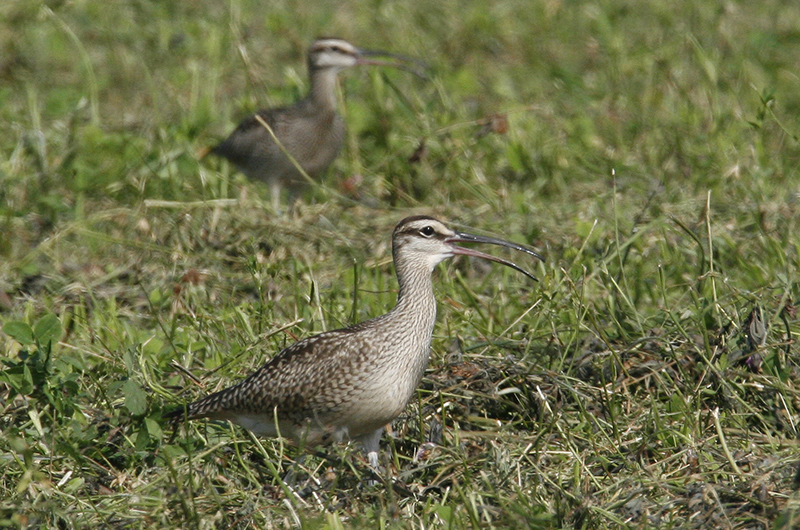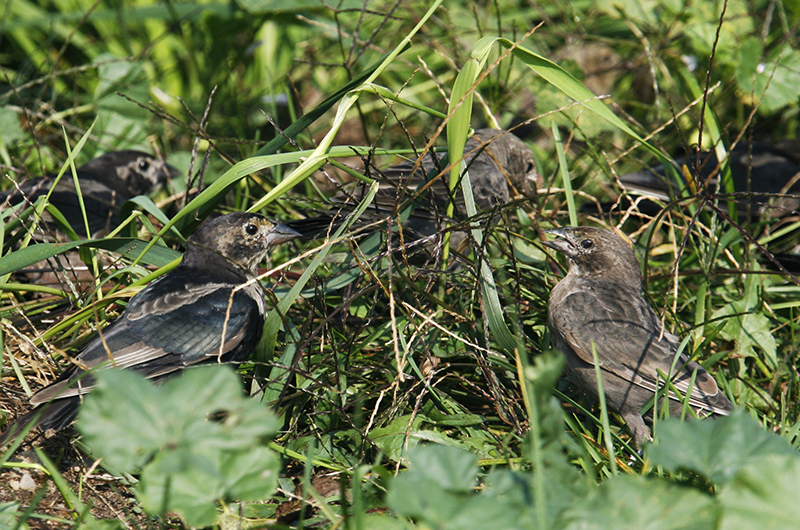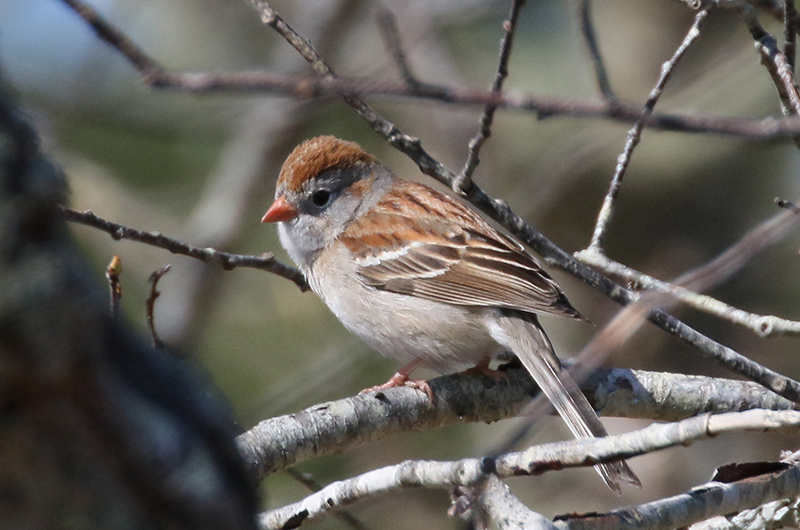How quickly the tides turn! In early June we were still talking about birds that were headed to their northern breeding grounds. As I write this, it is now late June and already the first southbound shorebird migrants have arrived.
On June 23, Walt Looney spotted the first one: a whimbrel at the Bend in the Road salt marsh in Sengekontacket Pond. Their large size and long, down-curved beak makes them rather conspicuous. Then, on June 25, Walter Eberz spotted a greater yellowlegs at Felix Neck. I heard one calling from Little Beach on June 24 and on June 27 I thought I heard another at Cedar Tree Neck. But we cannot always trust our ears, as further investigation revealed the calling bird was a mockingbird. Previous to these two sightings, on June 5 Shea Fee spotted a greater yellowlegs at Wasque, which undoubtedly was heading northward.
One of the amazing things about the southward migration is that it lasts for half the year. There is a progression of migrants; first shorebirds, then songbirds in August and September, then waterfowl and hawks in September and October. After that come stragglers of all types, including western vagrants. Finally the diving ducks and winter finches arrive in December and even early January.
Seabirds are on the move. Great shearwaters and Wilson’s storm-petrels both breed off the coast of southern South America in December to February during their summer. Now they have migrated north to vacation in the North Atlantic during our summer. Imagine that: two summers in one year! Captain John Nelson of the F/V Skipper saw both species at Hedge Fence Shoals on June 21. There were also lots of common terns and great black-backed gulls out there.
Also exciting is Lizzy Hammond’s sighting of a parasitic jaeger at Dogfish Bar, where it was stealing crabs from gulls and resting along the shoreline on June 25. This species is one of the major predators in the Arctic. While it ventures this far south, it is unusual to see this species from land!
We are still at the height of the nesting season and there is plenty to report. Allan Keith has a pair of nesting red-tails with young that are about to leave their nest. The fledglings will be very noisy, screeching as they beg for food and perfect their powers of flight. On a quieter note, the phoebes at his house nested successfully, his tree swallows are about to fledge and he frequently sees and hears both orchard and Baltimore orioles and mockingbirds.
Wilson and Jay Jaroch also have phoebes and tree swallows nesting in their yard, as do Cynthia Bloomquist and Thaw Malin.
For waterbirds, Mark Mattson and Judy Lane report a family of belted kingfishers is hanging out at a pond near their Aquinnah house as of June 22. Debra Luce observed five cygnets at the Head of the Lagoon. They are growing rapidly and are learning how to preen their feathers. Mar Shall and Abigail Gerrish visited Felix Neck on June 25 and report both goslings and cygnets doing well. Seth Buddy visited the Mink Meadows and West Chop beaches where he found least terns feeding their chicks. And at the salt marshes across from Bend in the Road Beach, Walt Looney saw a willet with three chicks.
At Mink Meadows, Seth Buddy observed a prairie warbler carrying food to feed its nestlings on June 27, while at Waskosim’s Rock Reservation the day before he saw an ovenbird feeding a fledgling brown-headed cowbird. The cowbirds are nest parasites that lay eggs in other bird’s nests, leaving incubation and raising the chicks to the unsuspecting and usually much smaller hosts. This behavior likely started because cowbirds lived with the nomadic bison out west and they did not stay in one place long enough to raise their own young.
Of course a lot of birds are nesting even though we do not see evidence of it. Green herons have been seen by multiple observers across the Island from Brush Pond and the head of the Lagoon to Watcha Pond to Menemsha. Snowy egrets continue to be seen from Felix Neck to Eel Pond. Phil Edmundson observed both black duck and killdeer at Watcha Pond, while Seth Buddy observed a field sparrow trilling its song at Waskosim’s and Walt Looney spotted a saltmarsh sparrow in the marshes of Sengekontacket Pond.
These next observations are of non-breeding birds. Clifton Stone observed two white-winged scoters and five black scoters at Lucy Vincent Beach on June 26. Almost every year we have small numbers of these seaducks hanging around through the summer.
Please email your sightings to birds@mvgazette.com.
Robert Culbert is an ecological consultant with Nature Watch LLC living in Vineyard Haven.








Comments
Comment policy »